The Celts are a pretty interesting group of people. Yes, the wars and battles that they’ve won are impressive. The Celtic cities are remarkable, and their artworks are amazing and unique. However, if we really want to know how they lived back then, we must take a peek at how they acquired and prepared their meals. Their food, just like in any other culture, says a lot about their culture, tradition, and way of life.
For the Celts, food and mealtime is a social event. Earlier, the Celts would gather around a low table and wait for the food to be passed around. The food was usually cooked in a large cauldron over an open fire. They only eat from a piece of wood and use their daggers as utensils! Later on, their practices at the table were refined.
Aside from their table manners and dinner practices, let us also look at their diets and meal plans. Here are some foods you can find on an Ancient Celtic menu.
Haggis with Neeps and Tatties

Irish Colcannon
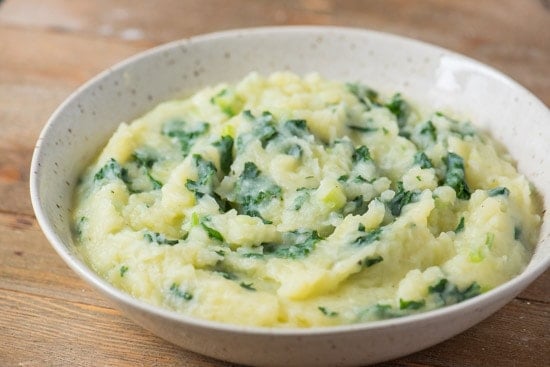
Who doesn’t love potatoes? Certainly not the Celts. They love potatoes. It is known as the food of ordinary men. They use potatoes as a daily source of fiber. One popular potato dish among the Celts is colcannon. Its name came from the Gaelic word “cal ceannann”, meaning “white-headed cabbage.”
Colcannon is very simple to make. You just have to mash some boiled potatoes and mix them with cabbage, kale, or other green leafy vegetables. These ingredients were abundant since they were pretty easy to cultivate. So, the Celts (a very practical group of people) came up with the brilliant idea of combining these ingredients.
It remains to be one of Irish people’s favorite side dishes. But colcannon has developed through the years. Nowadays, people enjoy different variations. Some add cream and butter to make it milkier, while others add bacon and corned beef.
Wheat Bread
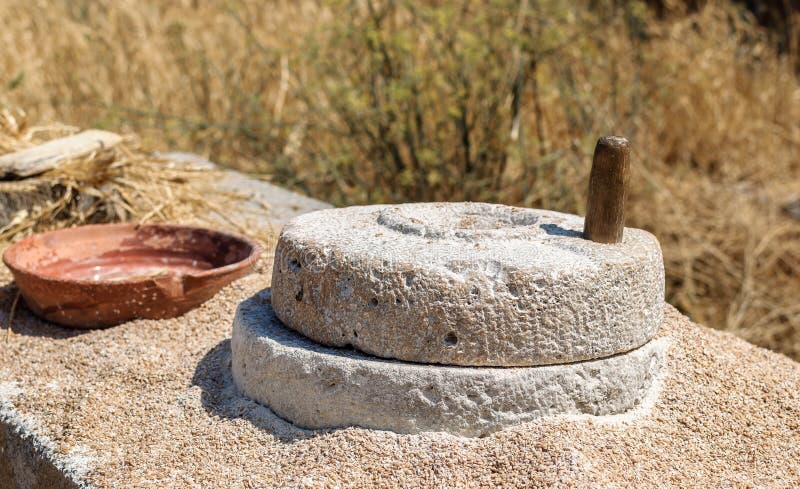
The image above is a replica of an Iron Age hand grain mill made of stone. It follows the same mechanism as the stone mills used by the Celts to grind grains. The Celts placed the grains between the rocks and turned the mill repeatedly. They’ll repeat the process until the grains are refined enough.
The Celts knew how to farm. And one of the most important crops during their time (and also our time) was wheat. They crushed the grains using stone mills to create flour. Then they used the flour to make bread.
Obviously, the Celts did not have the same machines and technology we enjoy now. So, they spent hours and exerted a lot of effort to grind enough flour to make a loaf of bread.
Beer (from Barley)
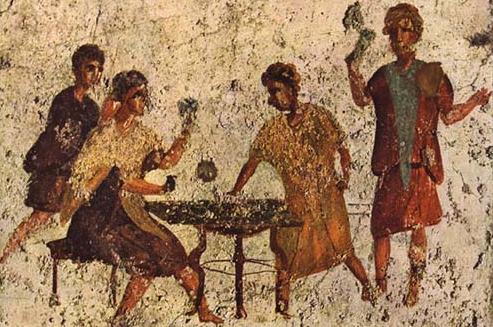
It is fascinating to think that even the early Celtic people (especially their rulers) loved to party. And yes, they served alcohol. According to one archaeobotanist, Hans-Peter Stika, the Celts used barley as a main ingredient for beer. According to Stika, the Celts learned how to make beer and serve it during elaborate feasts or ceremonies.
Like other cultures, beer is more than just a celebratory beverage for the Celts. It was also referred to as “bread water” or “liquid bread” since it is made of wheat or grains. Ancient people believed drinking beer was safer than water contaminated with harmful bacteria.
In later years, beer gained popularity among laborers, workers, and farmers since it was thought to have restorative power. At one point, people even ask for beer as part of their salary or compensation.
Honey
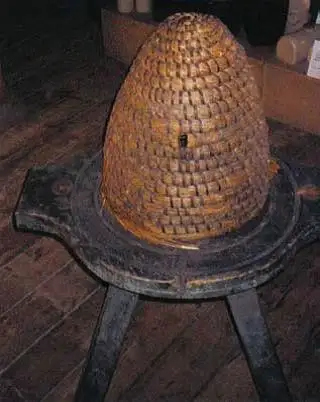
Beekeeping was already an established business during the Iron Age. The Celts would eat raw honey (it’s yummy!), but there is evidence that they also used it to cook other meals. One of the most favorite meals of the Celts was salmon with honey. They also partnered it with bread or oats.
Aside from honey, bees and Celts shared a deeper connection. Legend has it that Celts came to Britain specifically because of its bees and honey. They even called Britain the “Land of Bees” and “Isle of Honey.”
Bees were also mentioned in Celtic mythology. For the Celts, bees were the messengers of the gods since they could travel to different realms and the Otherworld. They were also symbols of knowledge and wisdom.
Sea Salt
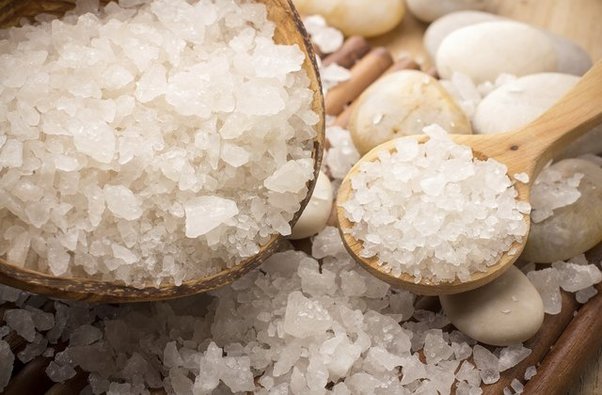
The Celts did not have refrigerators and freezers. So, storing food had become challenging, especially during the winter when crops rarely grew and hunting became more difficult. Luckily, they knew about salt and its ability to preserve meat and food.
The Celts found a way to harvest salt from the sea without mechanical or chemical treatment. They gather it manually using wooden containers. They then left the containers under the sun, and once the water evaporated, they were left with sea salt. They used salt in preserving their meat and cooking.
Nowadays, Celtic Sea Salt is considered a healthier alternative to table salt. Since it does not need any chemicals or preservatives.
Cheese
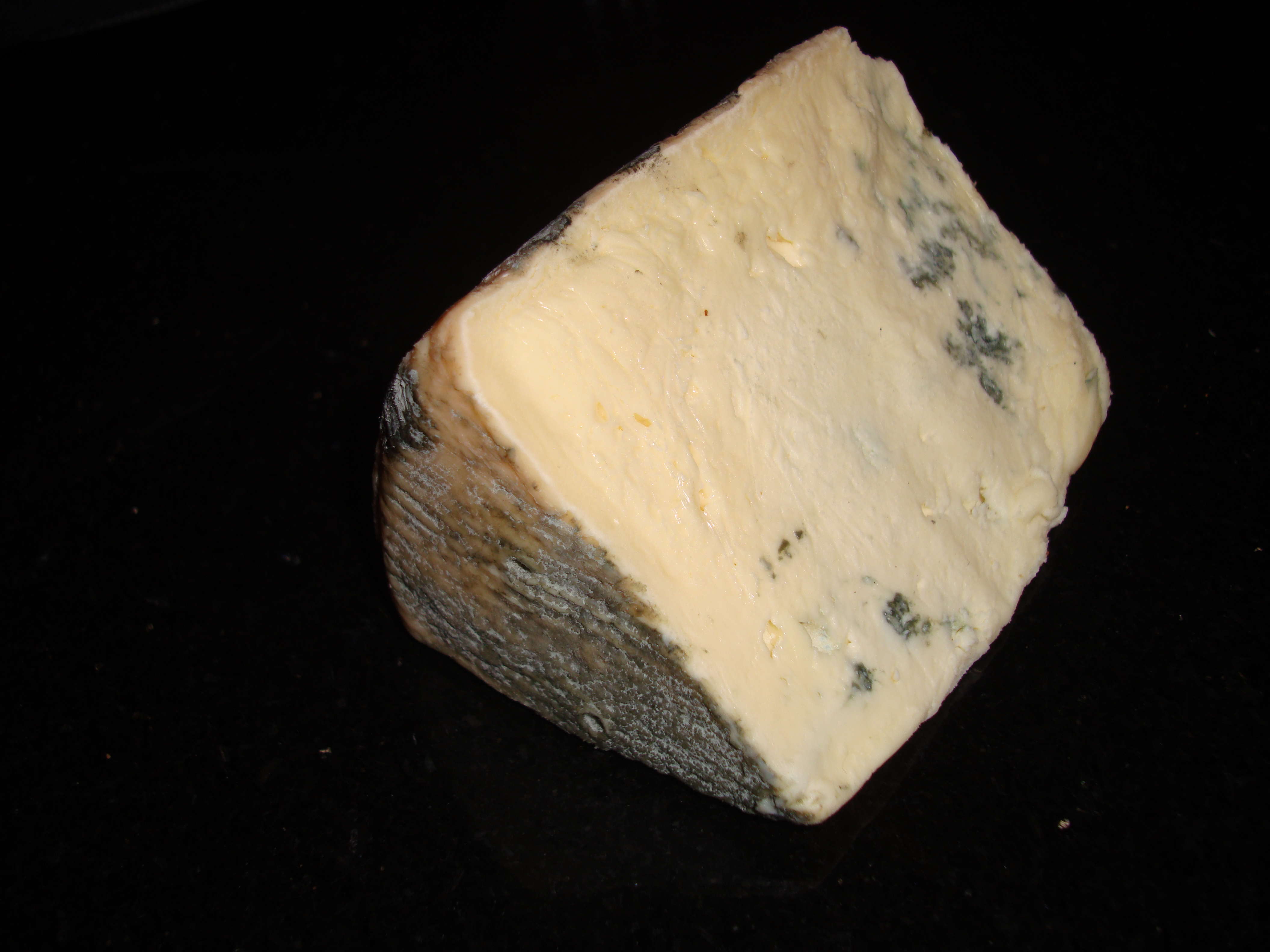
Most of us assume that people from ancient times only eat raw and tasteless food. However, the ancient Celts proved that this was not the case. They had cheese in their diets!
Archaeologists found pots and kitchen equipment dating back to the Iron Age with chemical residues that suggest they previously contained heated milk. Heating milk is a crucial step in making cheese. They believe that ancient people made cheese while trying to preserve the milk they acquired from their sheep, cows, and goats.
Knowing they could make cheese from scratch proved that the ancient Celts were knowledgeable, resilient, and resourceful.
Cereals (barley, wheat, and emmer)
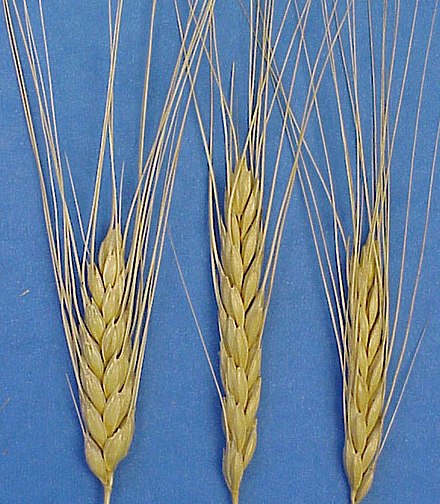
You surely enjoy a nice bowl of cereal for breakfast once in a while, right? Well, so did the Celts. Recent studies show that the ancient Celts’ diet mainly consisted of grains. They used different farming techniques to grow rye, millet, oats, emmer, barley, and wheat.
As already established, the Celts were creative thinkers and problem solvers. So, to make their food supply last longer, they developed a way to preserve their grains. One way is to make cereals from barley, emmer, and wheat. Since cereals have longer shelf lives than raw grains, this solved their food storage crisis.
Archaeologists also unearthed several instruments that the Celts used to make cereals.
Wild Animals
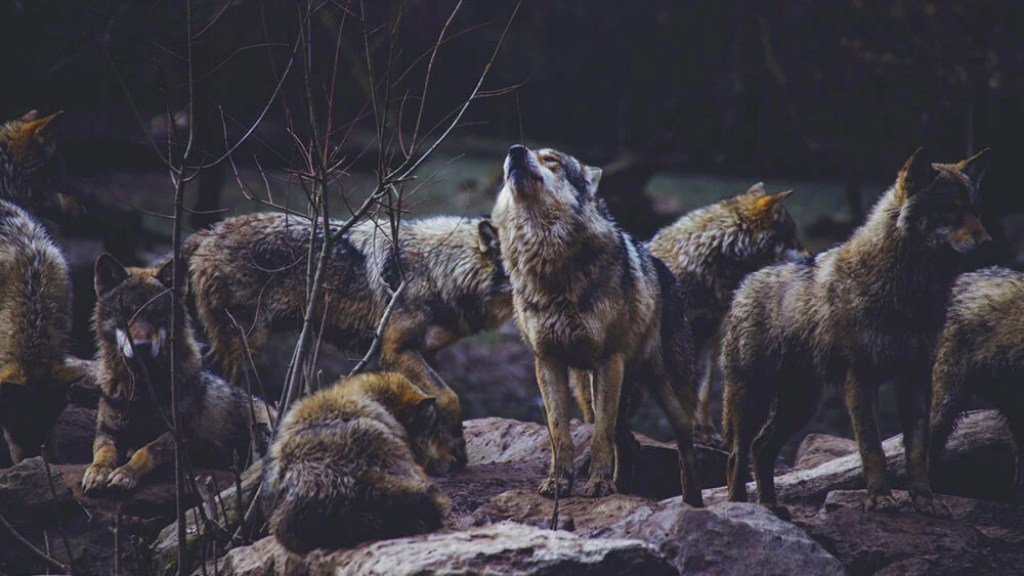
Aside from farm animals, the Celts also hunted for wild animals for additional food. They were fierce hunters. They mostly hunted for wild boars, deers, foxes, bears, and beavers. They also explored many recipes for wild animals. They used big pots to boil the animals, add some root crops, and make stews. They also add honey and salt to some of their recipes.
Scholars believe that the Celts served animal meat during grand feasts or ceremonial festivities. They also eat meat to celebrate something like the end of a tiring harvest season or winning a battle.
Archaeologists found several weapons that the Celts used to hunt, like spears, arrows, and knives.
Fish (Salmon, Mackerel, and Trout)
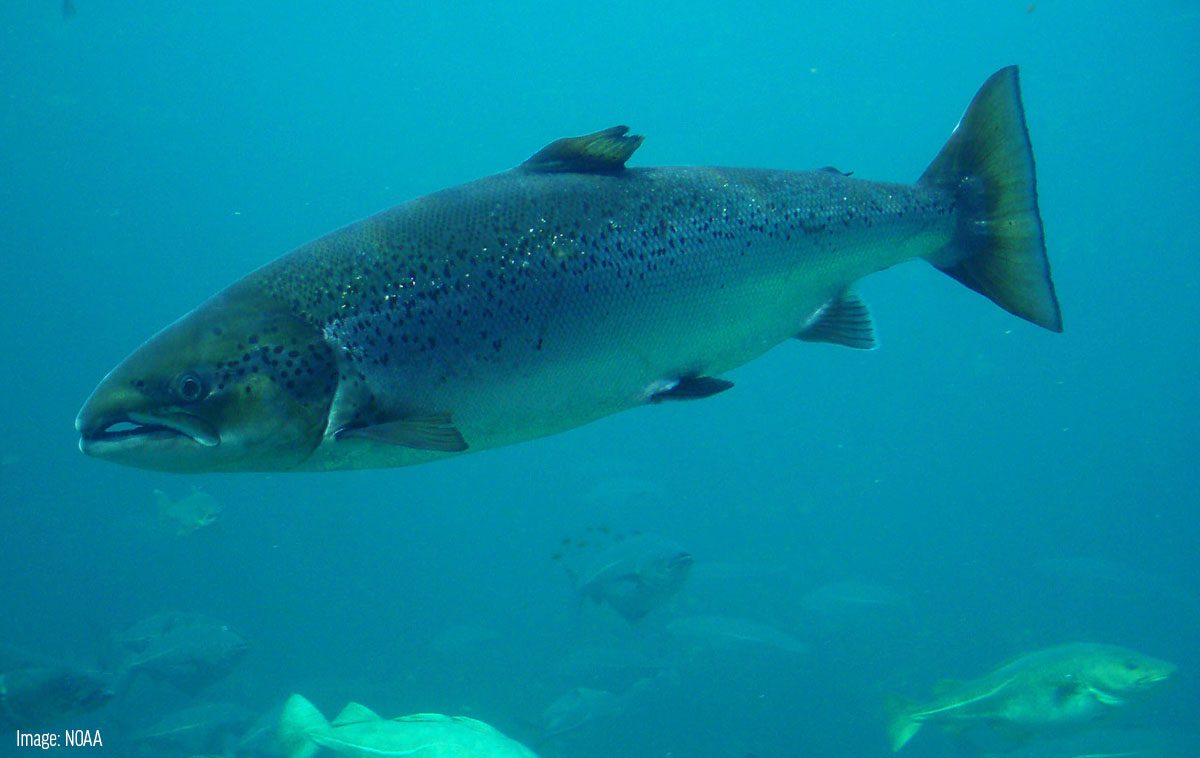
Since some of their settlements were near bodies of water, the Celts (of course) tried fishing. They fished for trouts, mackerels, and salmons. It’s also impressive that they explored different ways to cook them. Some scholars believe that the ancient Celts used salt to preserve their fish. And it has been said that salmon with honey is one of their favorite recipes.
However, recent studies about the ancient Celts revealed their fish consumption was very low despite the abundant supply of fish in their rivers. There are theories explaining that only their leaders and the wealthy members of their society eat fish (and beef!), while ordinary people eat butter, bread, cereals, and livestock animals.